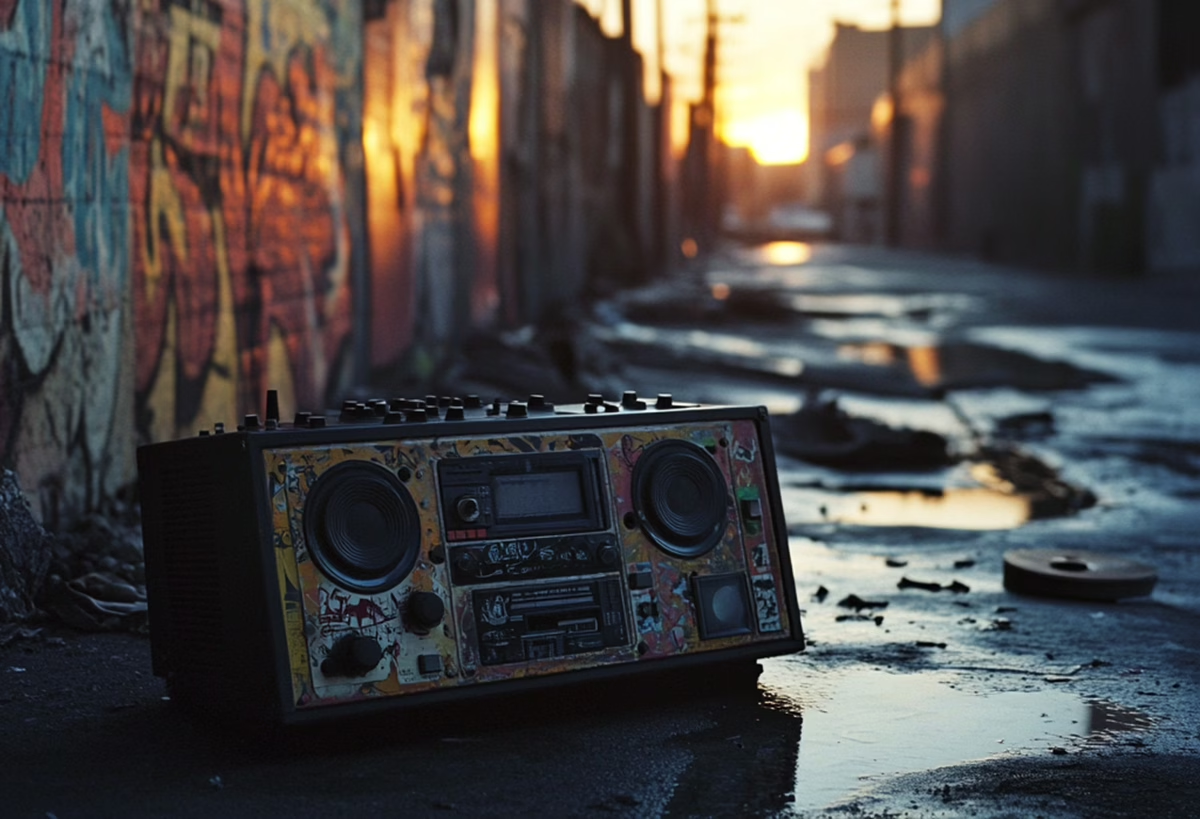How 2Pac, Cypress Hill, and Public Enemy made “street music” famous
From the underground of New York to Philadelphia, where it’s not always sunny.
In the 1970s, North America was rocked by waves of countercultural and subcultural revolutions: the entire continent pulsated to the rhythm of psychedelic rock, jazz, and soul. It was then, under the influence of Jamaican immigrant culture and the rebellious spirit of the generation, that hip-hop was invented.
While rock belonged mostly to privileged hippie students, hip-hop became the voice of socially vulnerable communities. The first rappers rapped about injustice and poverty at underground parties, where DJs and masters of ceremonies (MCs) set the mood.
By the end of the 1970s, hip-hop had moved from New York to the northwestern United States, to Philadelphia. There, in 1984, rapper Schoolly D invented gangsta rap, a subgenre dedicated to crime and life in the ghetto.
Hip hop began to attract the attention of popular artists. In 1981, the band Blondie released the single “Rapture,” in which vocalist Debbie Harry performed the final verse in a recitative style. The track, which combined rap, art rock, and electronica, reached number one on the Billboard Hot 100 chart.
In the mid-80s, hip-hop was heavily influenced by the pop scene: Run-D.M.C.’s eponymous debut album featured the then-fashionable sound of overdriven guitars, and the aesthetics of underground parties were rapidly becoming a thing of the past.
Armed with the Roland TR-808 drum machine, rappers learned to create hits for radio and music charts.
Rap in the period from 1986 to 1997 can be described in three words: innovative, bold, and timely. During those 11 years, the multifaceted nature of hip-hop as a philosophy, fashion, and new art form was fully revealed.
And here’s a place where you can have fun and enjoy the game — check out casino.click
In this sense, the first half of the 1990s was the most fruitful for rappers. Bright debuts and bangers, experiments with sound — the “golden age of hip-hop” absorbed all the rich texture of the genre. Let’s focus on the most important albums of this era.
The fifth LP from the pioneers of 90s new school and authors of the hit “Walk This Way” recorded with Aerosmith. “Back from Hell” was recorded in Run-D.M.C.’s signature style, new jack swing — an explosive mix of soul, funk, and disco. Most of the songs on the album are confessional in nature, dedicated to the struggle with depression and inner demons.
2Pac — “2Pacalypse Now” (1991)
In his debut album, 2Pacalypse Now, Tupac Shakur delivers a sad monologue about the life of a young African American in a disadvantaged neighborhood of New York City. The album title immediately catches the eye — a reference to Francis Ford Coppola’s film Apocalypse Now.
The characters in this psychedelic drama, like Tupac’s lyrical hero, are forced to come face to face with a hostile and absurdly cruel reality.
